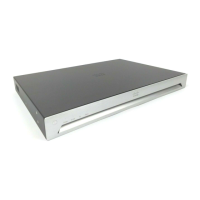
Do you have a question about the Cisco TelePresence SX80 and is the answer not in the manual?
| Maximum frame rate | 60 fps |
|---|---|
| Supported video modes | 720p, 1080p |
| Video formats supported | H.261, H.262, H.263, H.264, H.265 |
| Supported graphics resolutions | 1280 x 720 (HD 720), 1920 x 1080 (HD 1080) |
| Voice codecs | G.711, G.722, G.722.1, G.729ab |
| Noise reduction | Yes |
| HDMI ports quantity | 5 |
| DVI-D ports quantity | 1 |
| USB 2.0 ports quantity | 2 |
| Product color | Silver |
| Rack capacity | 1U |
| Number of persons | 0 person(s) |
| Analog signal format system | NTSC, PAL |
| Security algorithms | HTTPS, SSH |
| Ethernet LAN data rates | 10, 100, 1000 Mbit/s |
| Supported network protocols | SIP, H.323, ISDN, TCP/IP, DHCP, QoS |
| AC input voltage | 100-240 V |
| AC input frequency | 50 - 60 Hz |
| Storage temperature (T-T) | -20 - 60 °C |
| Operating temperature (T-T) | 0 - 40 °C |
| Operating relative humidity (H-H) | 10 - 90 % |
| Sensor type | - |
| Image sensor size | - \ |
| Depth | 309.8 mm |
|---|---|
| Width | 442 mm |
| Height | 44 mm |
| Weight | 3650 g |
Explains the purpose and scope of the API reference guide.
Lists various guides and resources for Cisco TelePresence systems.
Introduces the fundamental mechanisms and structure of the codec API.
Details various methods for establishing a connection to the codec API.
Explains the different output modes (Terminal and XML) for API responses.
Guides users on how to interact with the codec API via the command line interface.
Explains how to send commands and retrieve configurations/statuses using HTTP.
Provides programming best practices and recommendations for using the API.
Provides a comprehensive list and descriptions of xConfiguration commands.
Details settings for managing audio inputs, outputs, and related parameters.
Covers settings for controlling and configuring camera behavior and features.
Explains settings related to network interfaces, IP configuration, and protocols.
Covers settings for audit logging, server connections, and security policies.
Details configuration options for the Session Initiation Protocol (SIP) service.
Explains settings for managing the system's standby mode and camera behavior.
Covers settings for system name, call logging, and contact information display.
Configures language, OSD elements, and wallpaper for the user interface.
Details settings for web snapshots, self-view, and video input/output connectors.
Provides a list and description of all available xCommand type commands.
Details commands for managing audio settings, equalizers, volume, and microphones.
Covers commands for accepting, disconnecting, holding, and managing calls.
Details commands for managing video layouts, sources, and matrix assignments.
Lists commands intended for testing, subject to change without notice.
Explains how to retrieve status information about the system and its processes.
Provides status information for local and remote audio inputs and outputs.
Displays detailed status information for active and past calls.
Shows the connection status, hardware details, and position of cameras.
Provides status information for Ethernet interfaces, IP configuration, and CDP.
Displays status information for network services like NTP and DHCP.
Shows the status of connected peripherals such as touch panels and ISDN links.
Provides information on whether camera presets are defined, their type, and description.
Displays the status of system provisioning, including server details and software updates.
Shows the FIPS mode status and persistency settings for security configurations.
Provides status information for SIP proxy communication and registration.
Indicates whether the system is currently in standby mode.
Shows the product type, software version, hardware details, and system state.
Displays the current time zone and system time settings.
Shows the status of the on-screen display and monitor usage.
Provides status information for video input sources, connectors, and output configurations.
Lists experimental status items that are not documented and may change.
Explains how to add and manage startup scripts for codec automation.
Details system tools for administrative control, diagnostics, and security settings.
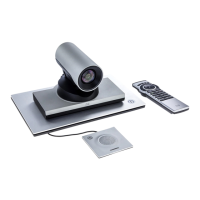

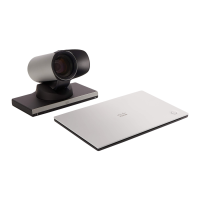
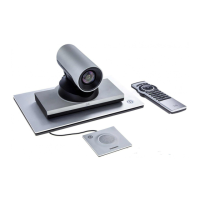
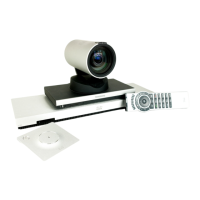




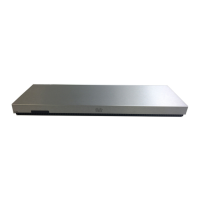


